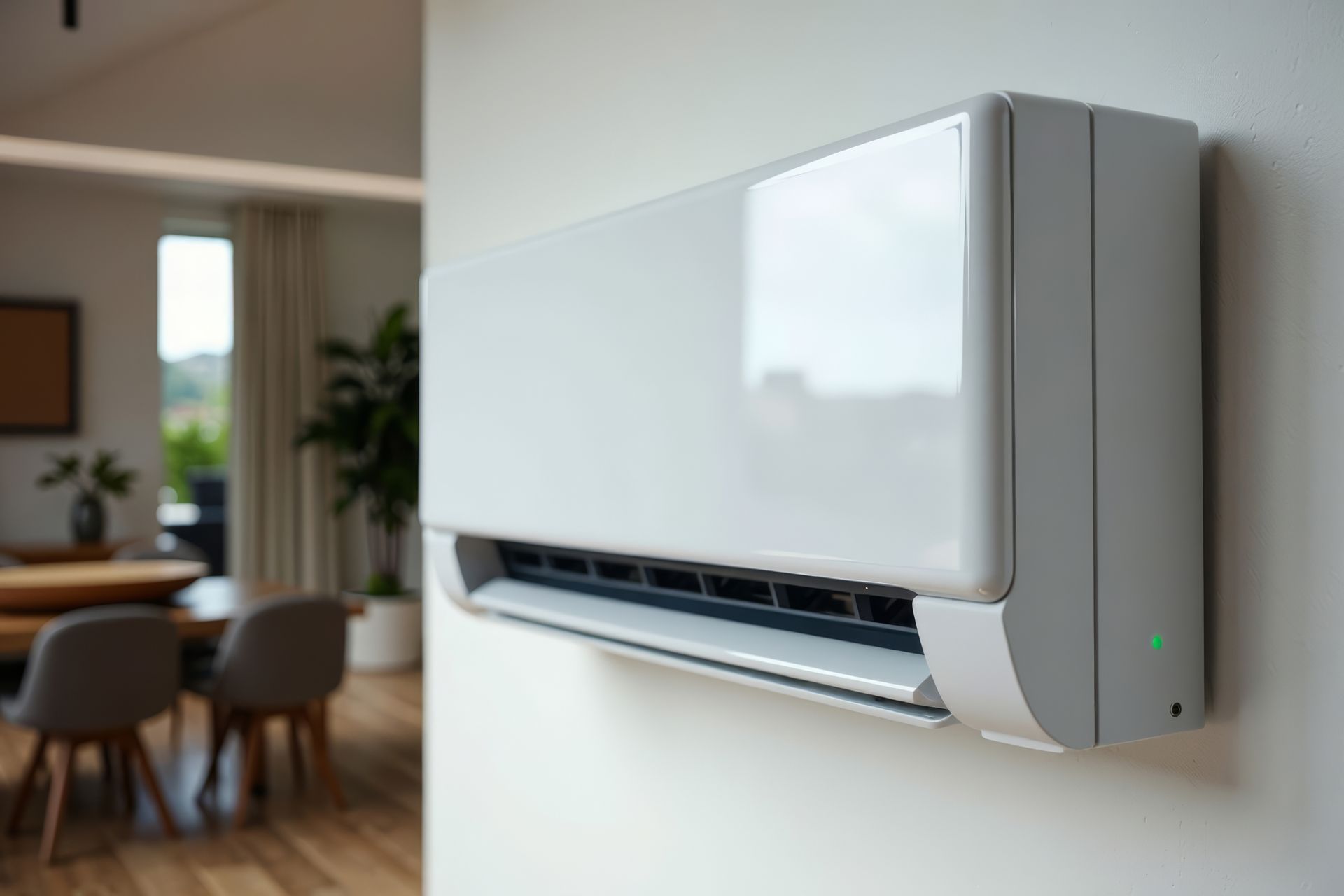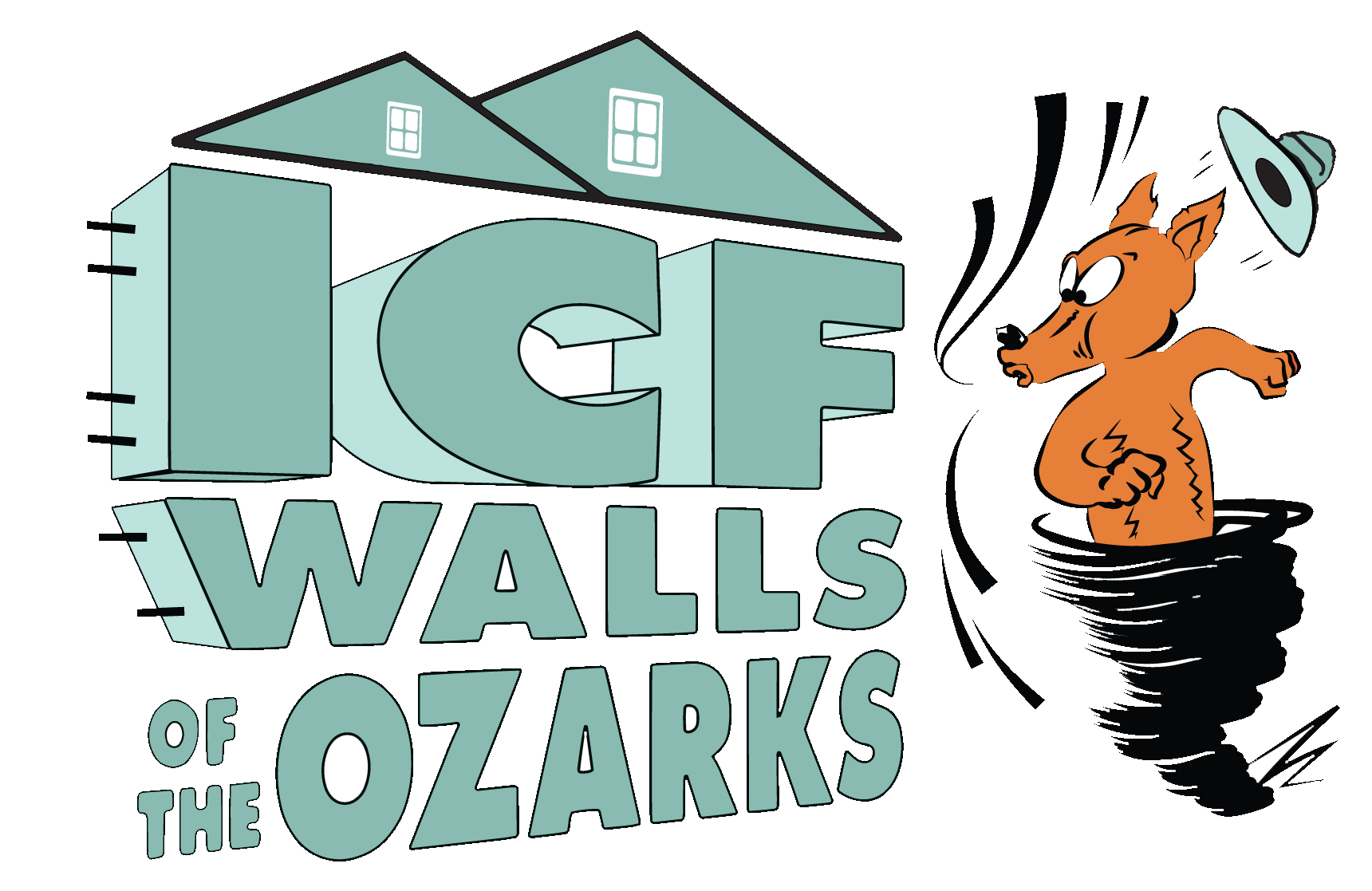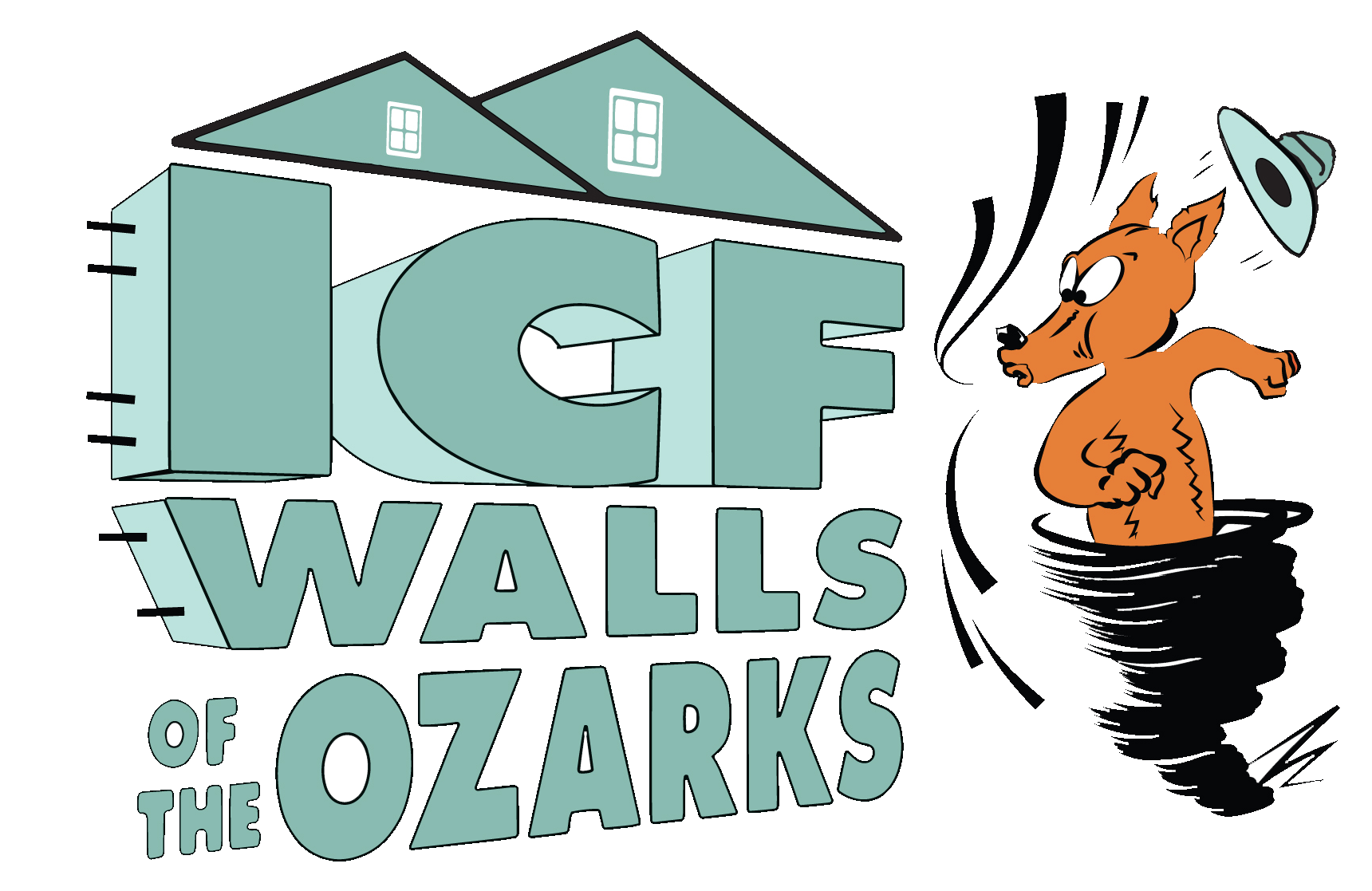Why Mini Splits Are the Ideal HVAC Solution for ICF Homes
Why Mini Splits Are the Ideal HVAC Solution for ICF Homes
When building an ICF (Insulated Concrete Form) home, one of the most exciting benefits is how energy-efficient, quiet, and comfortable the finished home will be. The thick, insulated concrete walls create a thermal envelope that holds temperature steady and minimizes drafts. But to take full advantage of those benefits, your HVAC system needs to be designed differently than it would for a standard stick-built home.
Traditional forced air systems are often oversized and inefficient in an ICF environment, while
mini split systems—especially
zoned, variable-speed systems—are a perfect match.

Why Traditional Forced Air Systems Are Oversized
Most HVAC contractors size forced air systems based on square footage or experience with conventional homes. The problem? Those rules don’t apply to ICF construction.
In an ICF home, the insulated concrete core and airtight design drastically reduce the heating and cooling load. The structure naturally holds a consistent temperature, so the HVAC system doesn’t have to work nearly as hard.
When a traditional system is oversized for that smaller load:
- It short cycles, turning on and off too frequently.
- The equipment wears out faster.
- Indoor humidity and temperature fluctuate more, reducing comfort.
- You pay for larger equipment than you actually need.
In short, bigger isn’t better—it’s less efficient, and you end up paying more for both the system and its operation.

The Case for Mini Splits
Mini split (ductless) systems use inverter-driven compressors that continuously adjust their output to match the home’s real-time heating and cooling needs. That means they rarely shut off completely; instead, they ramp up or down as needed. This “always-on but low power” operation leads to exceptional comfort and efficiency.
Additional advantages include:
- Right-sized comfort: No more overpowered air blasts or cold spots.
- No duct losses: Eliminating ductwork removes the 20–30% energy loss typical in central air systems.
- Design flexibility: Air handlers can be wall-, floor-, or ceiling-mounted to blend seamlessly into any design.
- Zoned control: Each area of the home can be set to a different temperature, improving both comfort and efficiency.

Zoned HVAC: A Perfect Match for ICF Homes
ICF homes naturally support zoned HVAC design. Because the thermal envelope keeps each room’s temperature stable, zones can be fine-tuned without overworking the system. Mini splits make this even easier.
Here’s how zoning works:
- Each “zone” (often one per major room or area) has its own indoor air handler connected to the outdoor compressor.
- You control each zone’s temperature independently with a wall thermostat or remote.
- Rooms that aren’t used as often—like guest rooms or basements—can stay at a lower or higher setpoint, reducing energy use.
Zoned mini split systems let you customize
comfort where and when you need it, instead of heating and cooling the entire home uniformly.
HRVs vs. ERVs: What’s the Difference?
Because ICF homes are so airtight, mechanical ventilation is essential for fresh, healthy indoor air. Two main types of systems are used: HRVs (Heat Recovery Ventilators) and ERVs (Energy Recovery Ventilators).
Both systems:
- Bring in fresh outdoor air.
- Exhaust stale indoor air.
- Recover energy from outgoing air to temper incoming air, reducing the load on your HVAC system.
The difference lies in moisture control:
- HRV (Heat Recovery Ventilator): Transfers heat only. Best for cold, dry climates where humidity needs to be preserved indoors.
- ERV (Energy Recovery Ventilator): Transfers both heat and humidity. Best for humid or variable climates where moisture control is needed year-round.
In the Ozarks region—where summers are humid and winters can be dry—an ERV is often the better choice. It helps keep humidity balanced while still providing fresh air and maintaining efficiency.
However, if your ICF home is built in a consistently cold or dry area, an HRV might be preferable for its simplicity and focus on heat recovery.
The final Takeaway
ICF homes are designed for high performance—and your HVAC system should be, too. Oversized forced air systems are inefficient and unnecessary. Mini split systems with zoned controls offer precise comfort, exceptional efficiency, and customized control for every area of your home.
Paired with an HRV or ERV for balanced ventilation, your ICF home can maintain ideal temperature, humidity, and air quality—all with minimal energy use. It’s the perfect synergy of smart design and smart technology.
Let’s talk about your ICF home goals!
Schedule a
free project consultation with our team and discover the comfort difference of the right HVAC design for your custom dream home in the Ozarks.







